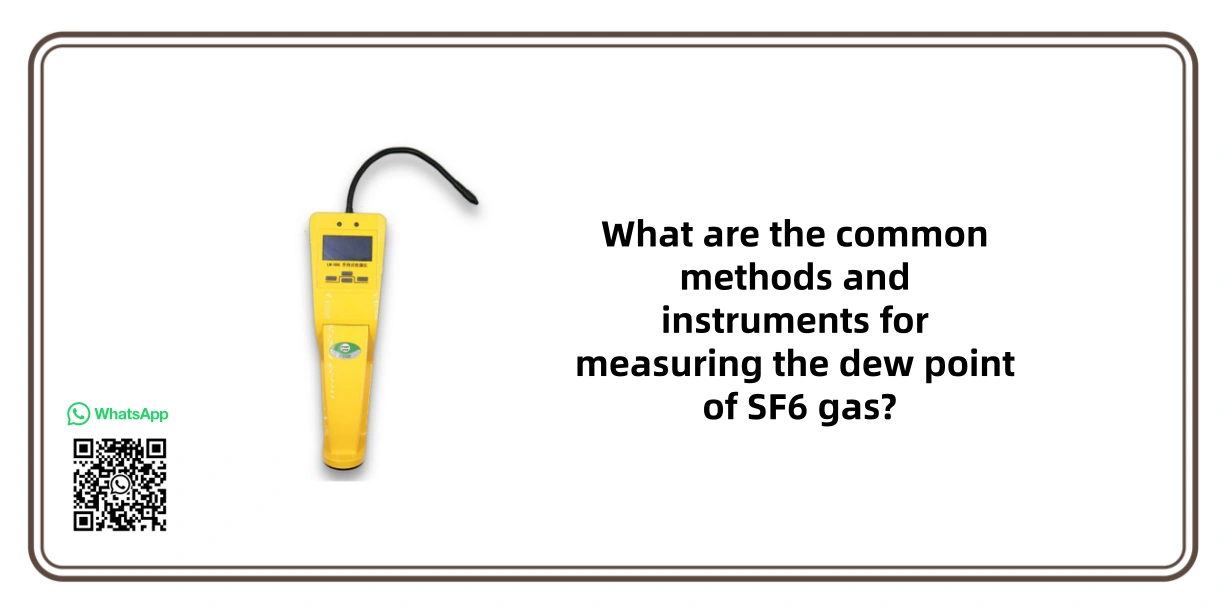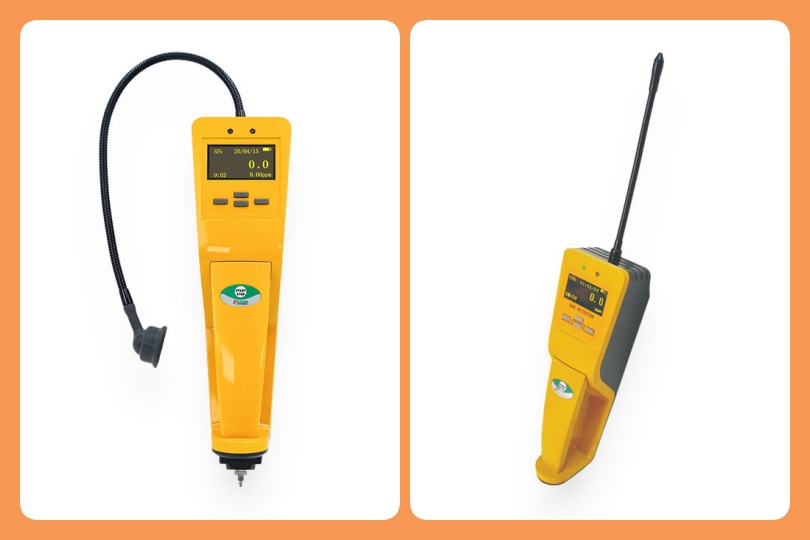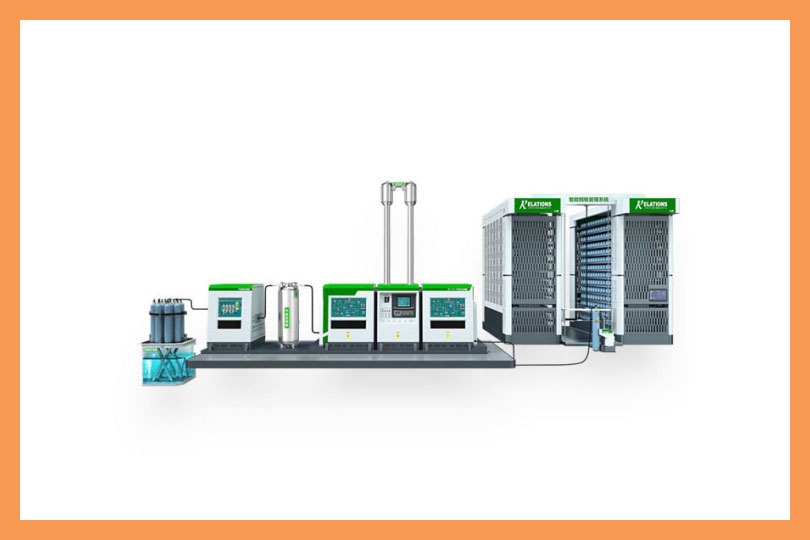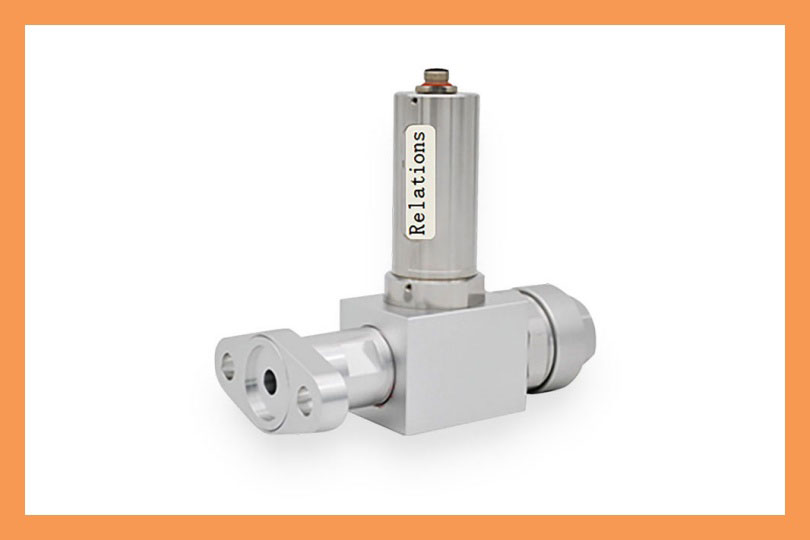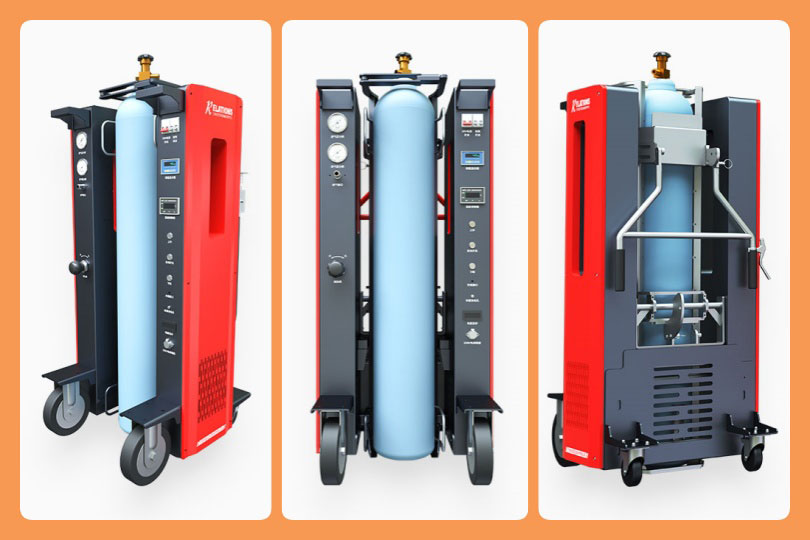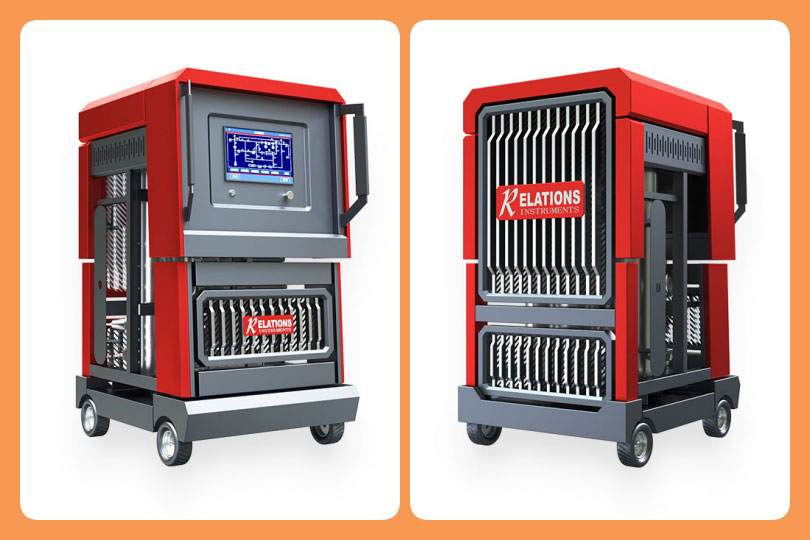What are the common methods and instruments for measuring the dew point of SF6 gas?
Date
2025-10-24
[email protected]
Website
www.sf6gasdetector.com
Get Solutions And Quotes
What are the common methods and instruments for measuring the dew point of SF6 gas?
The common methods for measuring the dew point of SF6 gas are the chilled mirror method, aluminum oxide sensor method, and infrared sensor method—each paired with specialized instruments tailored to accuracy needs, portability requirements, and on-site or lab scenarios.
1. Chilled Mirror Method: The “Reference Standard” for High Accuracy
This method is recognized as the most precise dew point measurement technique, relying on direct observation of condensation to determine moisture content.
Working Principle
- A polished metal mirror (usually made of copper or stainless steel) is gradually cooled using a refrigeration system (e.g., Peltier cooler).
- As the mirror cools, water vapor in the SF6 sample condenses into tiny droplets or frost on its surface.
- An optical detector (e.g., a laser or LED sensor) identifies the first appearance of condensation, and a precision thermometer measures the mirror’s temperature at this moment—this temperature is the dew point.
Corresponding Instruments
- Laboratory-grade chilled mirror dew point meters: Designed for lab environments, with ultra-high accuracy (typically ±0.1°C to ±0.2°C). Examples include models from companies like Michell Instruments (S8000 series) and dew point meter manufacturers.
- High-precision portable chilled mirror meters: Compact versions for on-site use (e.g., Michell’s Easidew Pro I.S.), suitable for critical GIS projects (e.g., new equipment commissioning) that require traceable accuracy.
Core Advantages & Suitable Scenarios
- Advantages: Unmatched accuracy, good long-term stability, and no need for frequent calibration (only annual verification).
- Scenarios: Calibrating other dew point meters, lab-based SF6 gas quality verification, or high-stakes on-site testing (e.g., nuclear power plant GIS).
2. Aluminum Oxide Sensor Method: Cost-Effective & Portable for Routine Checks
This is the most widely used method for on-site SF6 dew point testing, leveraging the moisture-sensitive properties of aluminum oxide films.
Working Principle
- The sensor core is a thin aluminum oxide film deposited on a metal electrode, with a porous gold layer (second electrode) on top.
- When SF6 gas contacts the sensor, water molecules are adsorbed by the aluminum oxide film, changing its capacitance (the ability to store electrical charge).
- The instrument converts this capacitance change into a dew point value using a pre-calibrated curve.
Corresponding Instruments
- Portable aluminum oxide dew point meters: Lightweight (usually <1 kg) and battery-powered, ideal for fieldwork. Examples include Vaisala’s DM70 (compact) and Rotronic’s HygroFlex (with digital displays).
- Integrated SF6 service meters: Many SF6 maintenance tools (e.g., DILO’s B143R11) combine aluminum oxide sensors with purity/leak detectors for one-stop on-site testing.
Core Advantages & Suitable Scenarios
- Advantages: Low cost, fast response (results in 1–3 minutes), excellent portability, and resistance to harsh on-site conditions (e.g., dust, vibration).
- Scenarios: Routine GIS maintenance (quarterly/annual checks), quick on-site troubleshooting, or projects with budget constraints.
- Note: Requires periodic calibration (every 6–12 months) to avoid drift from SF6 decomposition byproducts (e.g., HF).
3. Infrared Sensor Method: Stable & Interference-Resistant for Multi-Parameter Testing
This method uses the unique infrared absorption characteristics of water molecules, suitable for scenarios where other SF6 impurities (e.g., nitrogen) might interfere with measurements.
Working Principle
- Water molecules absorb specific wavelengths of infrared (IR) light (e.g., 2.7 μm). The instrument emits IR light through the SF6 sample cell.
- A detector measures the intensity of IR light after passing through the gas—less transmitted light means higher moisture content.
- The instrument calculates the dew point by correlating the absorption intensity with pre-calibrated moisture-dew point data.
Corresponding Instruments
- Dedicated infrared dew point meters: For single-parameter testing (e.g., Servomex’s 5700 series), with good stability in high-humidity environments.
- Integrated SF6 multi-analyzers: Instruments that combine IR dew point sensors with purity/leak detection (e.g., Emerson’s Rosemount SF6 Analyzer), allowing simultaneous measurement of dew point, SF6 purity, and decomposition products.
Core Advantages & Suitable Scenarios
- Advantages: Not affected by non-moisture impurities (e.g., N₂, O₂), stable performance (less drift), and compatible with continuous online monitoring.
- Scenarios: On-site testing where SF6 may contain mixed impurities (e.g., after air leakage), or long-term online monitoring of critical GIS units (e.g., grid substations).
Comparison of Common Methods & Instruments
To help you choose the right option, here’s a concise comparison:
| Measurement Method | Instrument Type | Accuracy Range | Portability | Key Use Case |
| Chilled Mirror | Lab-grade/portable precision | ±0.1–0.5°C | Low/Medium | Calibration, critical GIS commissioning |
| Aluminum Oxide | Portable meters/multi-analyzers | ±1–3°C | High | Routine maintenance, on-site troubleshooting |
| Infrared | Dedicated/multi-parameter analyzers | ±0.5–2°C | Medium | Impurity-rich environments, online monitoring |
